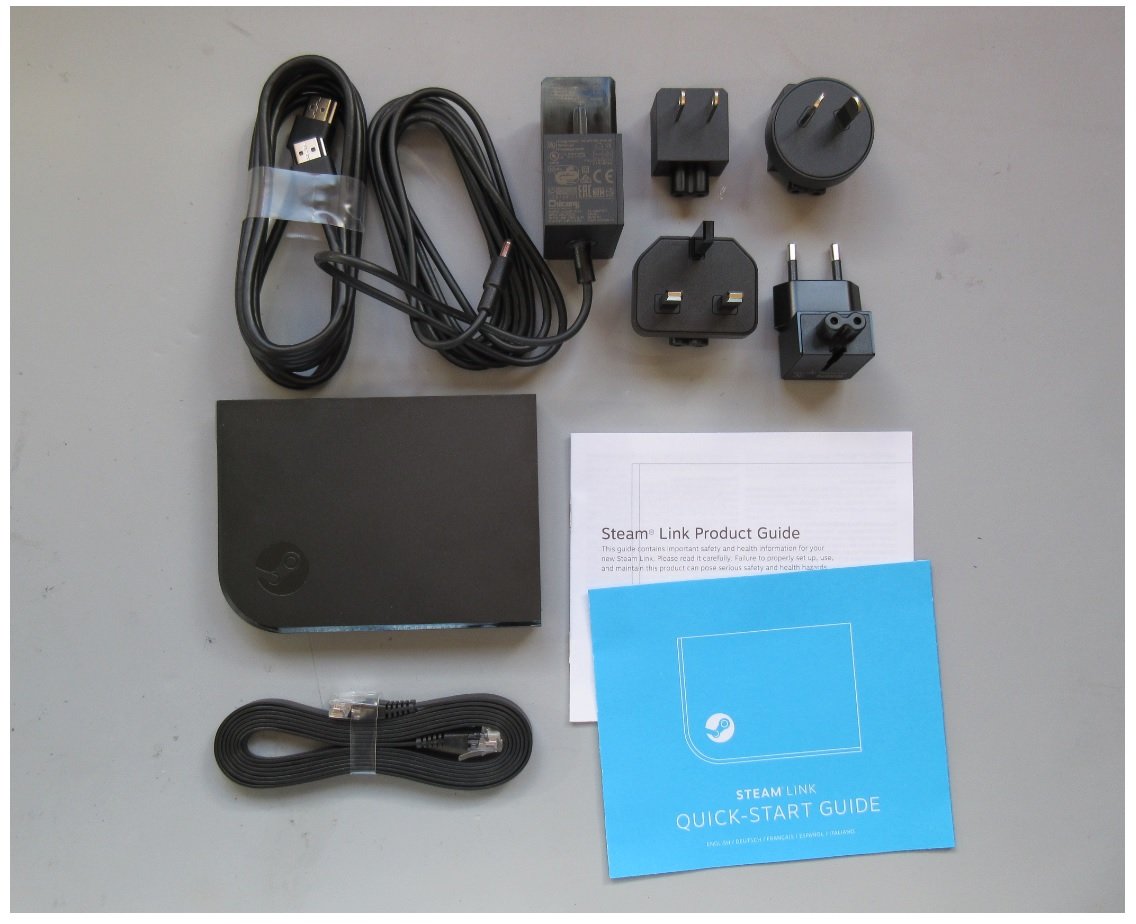- Stream-restoration, riparian zones, tree planting, water quality, watershed management, riparian buffers, tree buffers, environmental stewardship.
- Stream Deck puts 15 LCD keys at your fingertips for unlimited studio control. Tap to switch scenes, launch media, tweet and much more. Personalize keys with icons and get visual feedback to confirm every command. With Stream Deck, maximize your production value.

Using Steam Link, you can connect to any computer that’s running Steam. For best performance, use 5G WiFi or a wired ethernet connection. Many popular Bluetooth controllers, including The Steam Controller are compatible. Or just use touch controls.
Share your Microsoft Stream videos with others by using the following methods:
- Share via email
- Share by sending the link
- Share at a specific time
- Share directly on Yammer
You can also embed your video on other internal company websites. Learn more about embedding videos.
Share a video with your coworkers
In Stream, select the Share icon from either the video page or when finding videos through search or browse.
On the Share tab, copy the link URL to share the video in a message to your coworkers. You can also share the link from the address bar of the video page directly.
Share through email
On the Share page, select the Email tab and add the list of users or groups that you would like to share with, or type in an email address from your company.
Select Send and close and an email will be sent to those people.
Send a link to coworkers with a specific start time
To share a video at a particular time, select the Start at check box and set the time that you would like to share the video at. The time will pre-populate based on when you select the Share icon .
You can play the video or seek to find the desired point and then select the Share icon . Alternatively, set the time by typing in the box using MM:SS or HHH:MM:SS format. You can then share the link URL with your colleagues.
Share directly on Yammer
Select Yammer share on the Share tab. This will open a Yammer share page where you can share the video with your colleagues on Yammer and within Yammer groups. Users can then watch the video directly in Yammer.
To learn more about inline playback in Yammer, see Using Microsoft Stream in Yammer.

Permissions on your video
Only people authorized to see a video will be able to view it. By default, when you upload a video, the permissions are set for the video to be visible to the whole company. If you want to specify permissions to the specific users/groups, you can customize the video permissions. You can do that during upload or at some later time by editing the video permissions.
To choose specific groups/channels, or users, go to the Permissions tab and select who can view the video. To view the video, they must be signed in to Microsoft Stream. You can also make the video private.
External sharing
Microsoft Stream doesn't yet support external sharing scenarios for guests or people outside your organization. We know these features are highly needed and we are working on plans for how to build these features. You can add your votes and comments to these ideas on the Microsoft Stream ideas forum:
- Idea: Azure B2B external guest support for Stream
- Idea: Public anonymous external sharing for Stream
See also
Available with Spatial Analyst license.
Summary
Assigns unique values to sections of a raster linear network between intersections.
Usage
Links are the sections of a stream channel connecting two successive junctions, a junction and the outlet, or a junction and the drainage divide.
The input stream raster can be created by thresholding the results of the Flow Accumulation tool.
The stream raster linear network should be represented as values greater than or equal to one on a background of NoData.
The Stream Link tool only supports a D8 input flow direction raster. D8 flow directions can be created using the Flow Direction tool, run with default flow direction type D8.
This tool supports parallel processing. If your computer has multiple processors or processors with multiple cores, better performance may be achieved, particularly on larger datasets. The Parallel processing with Spatial Analyst help topic includes details on this capability and how to configure it.
When using parallel processing, temporary data will be written to manage the data chunks being processed. The default temp folder location will be on your local C: drive. You can control the location of this folder by setting up a system environment variable named TempFolders and specifying the path to a folder to use (for example, E:RasterCache). If you have administrator privileges on your machine, you can also use a registry key (for example, [HKEY_CURRENT_USERSOFTWAREESRIArcGISProRaster]).
By default, this tool will use 50 percent of the available cores. If the input data is smaller than 5,000 by 5,000 cells in size, fewer cores might be used. You can control the number of cores the tool uses with the Parallel processing factor environment.
See Analysis environments and Spatial Analyst for additional details on the geoprocessing environments that apply to this tool.
Syntax
| Parameter | Explanation | Data Type |
An input raster that represents a linear stream network. | Raster Layer | |
in_flow_direction_raster | The input raster that shows the direction of flow out of each cell. The flow direction raster can be created using the Flow Direction tool, run using the default flow direction type D8. | Raster Layer |
Return Value
Stream Links Express
| Name | Explanation | Data Type |
| out_raster | The output stream link raster. This output is of integer type. | Raster |
Code sample
StreamLink example 1 (Python window)This example assigns unique values to sections of a raster linear network between intersections.
StreamLink example 2 (stand-alone script)This example assigns unique values to sections of a raster linear network between intersections.

Environments
Licensing information
Steam Link Setup
- Basic: Requires Spatial Analyst
- Standard: Requires Spatial Analyst
- Advanced: Requires Spatial Analyst
Related topics
